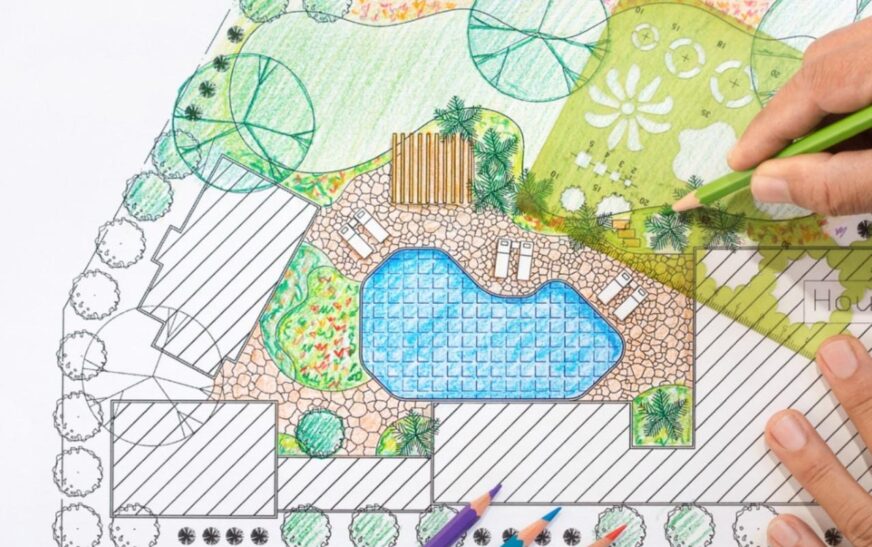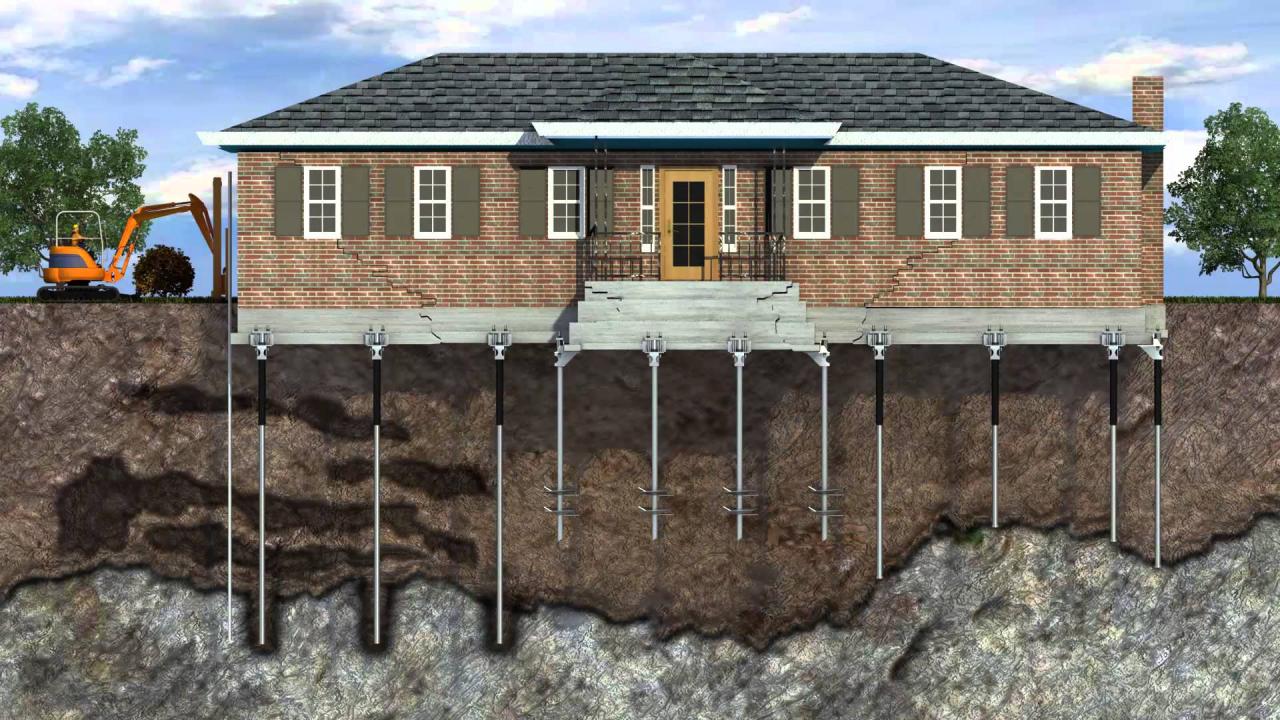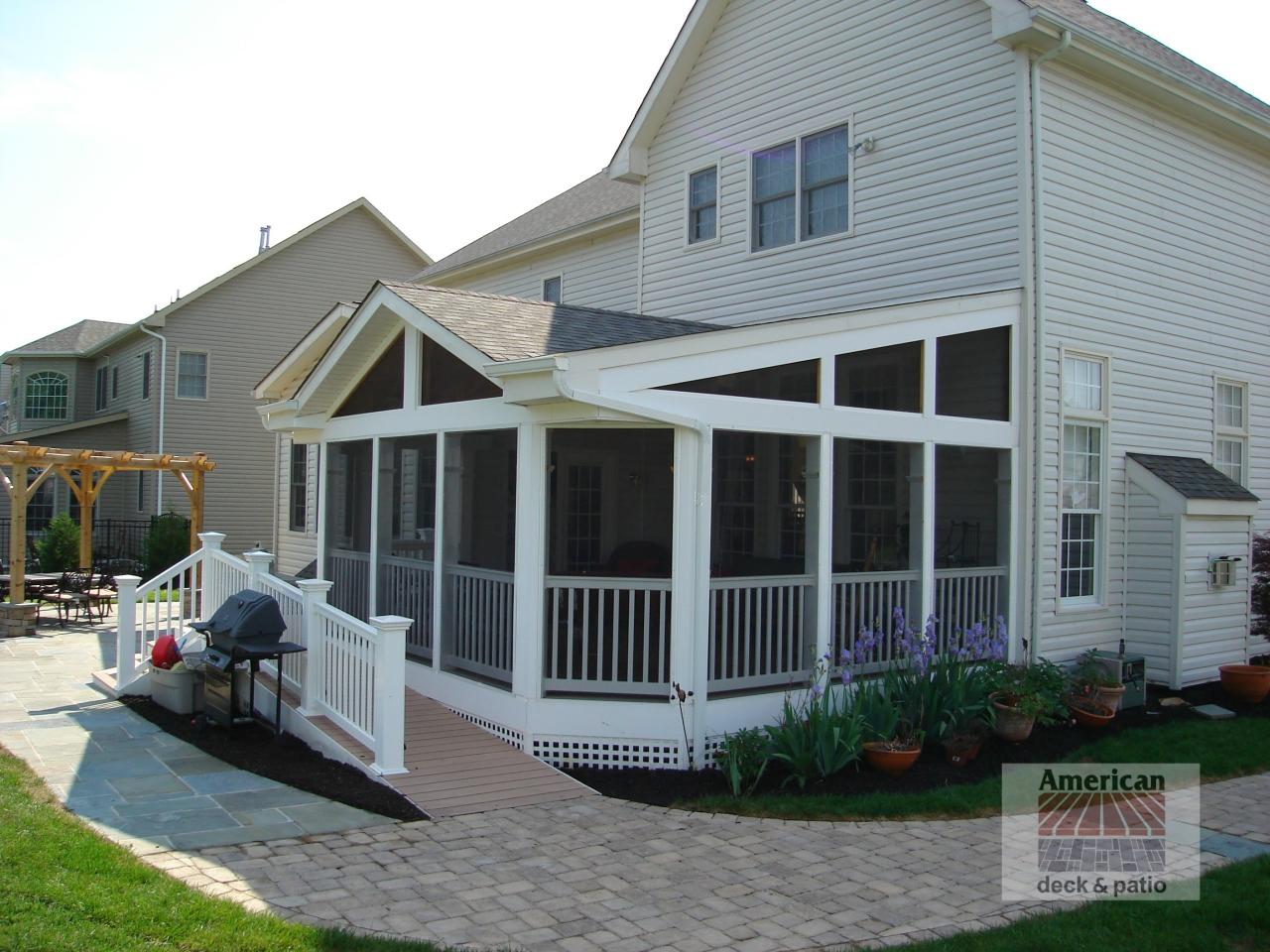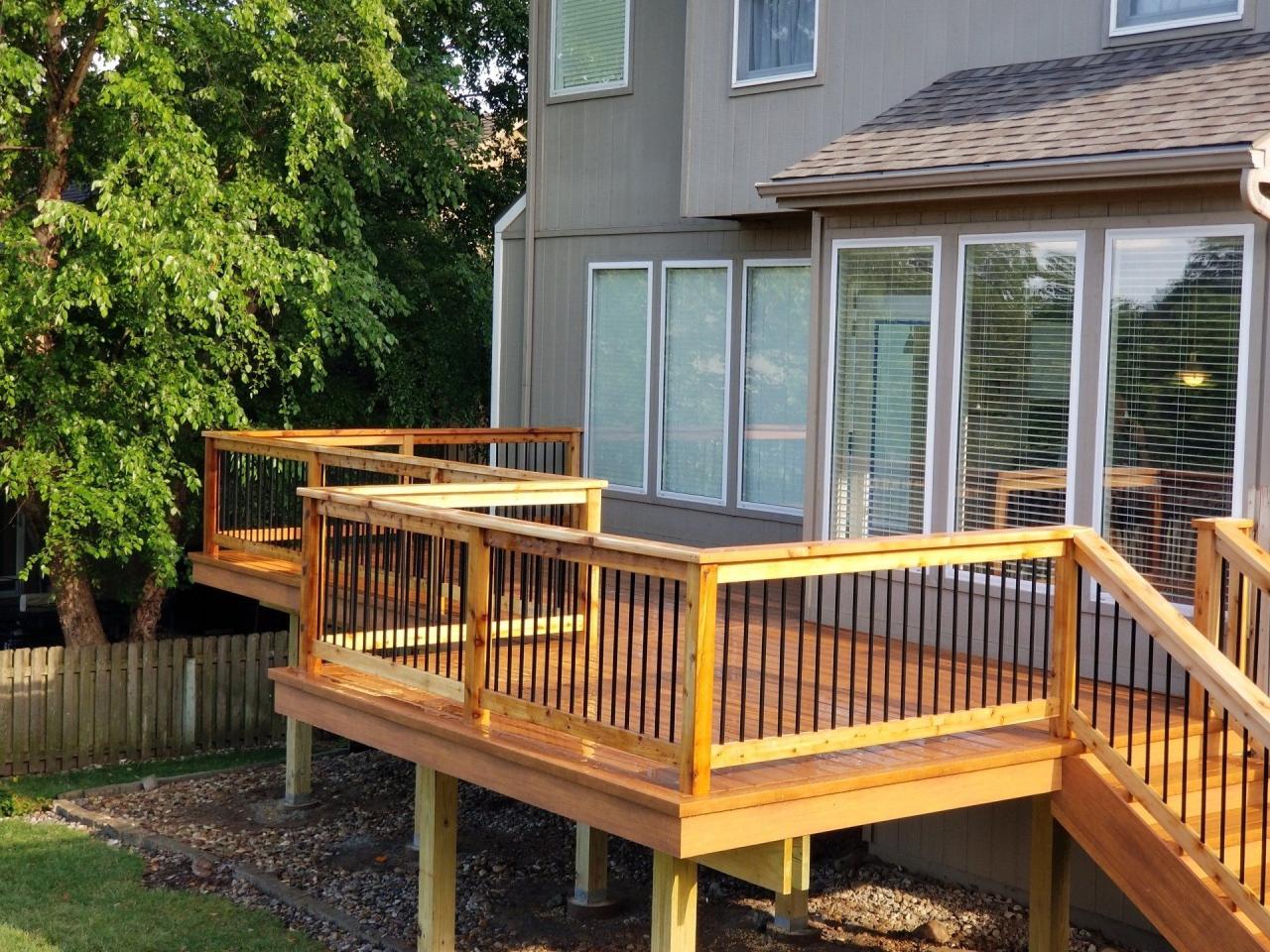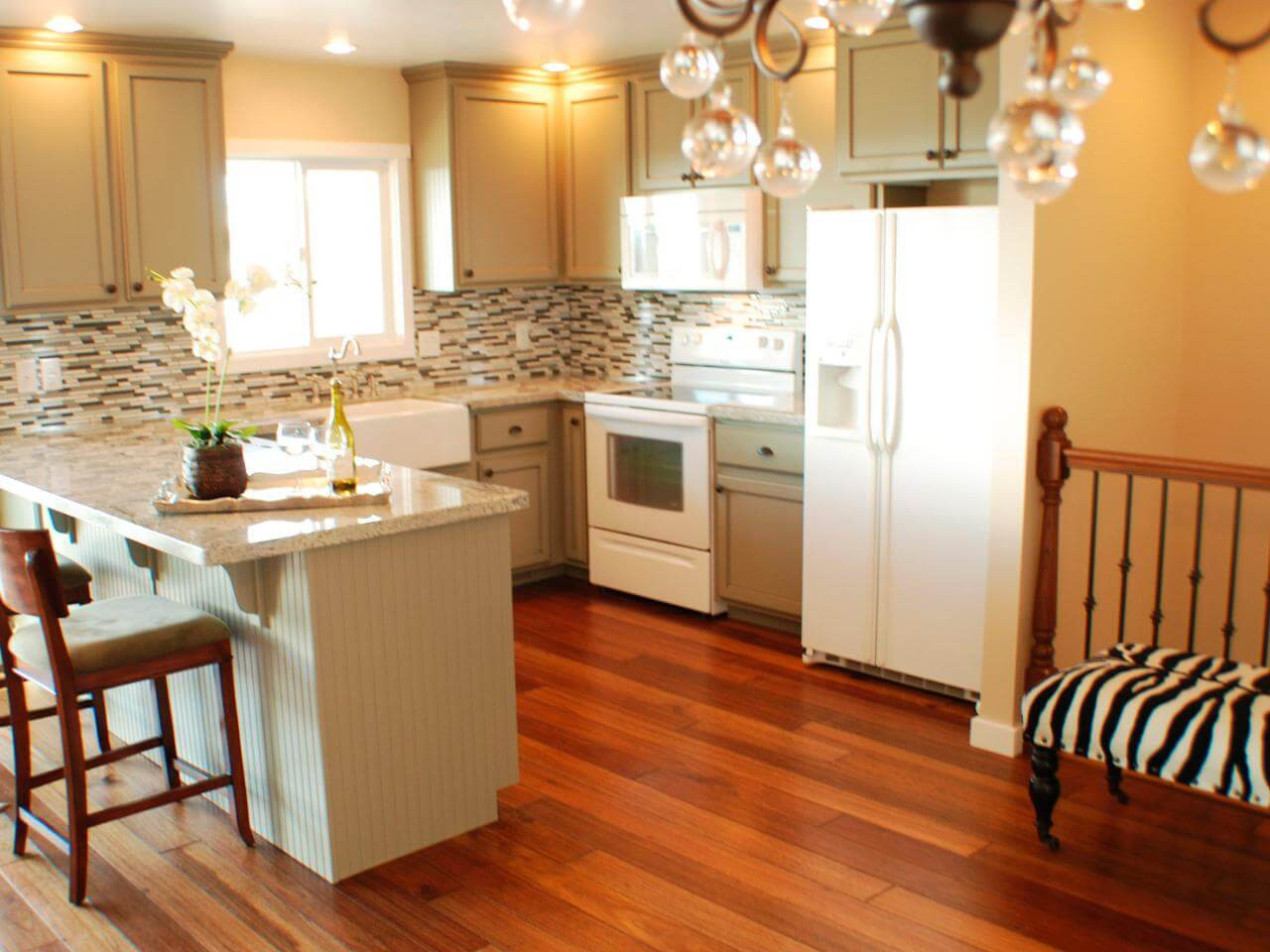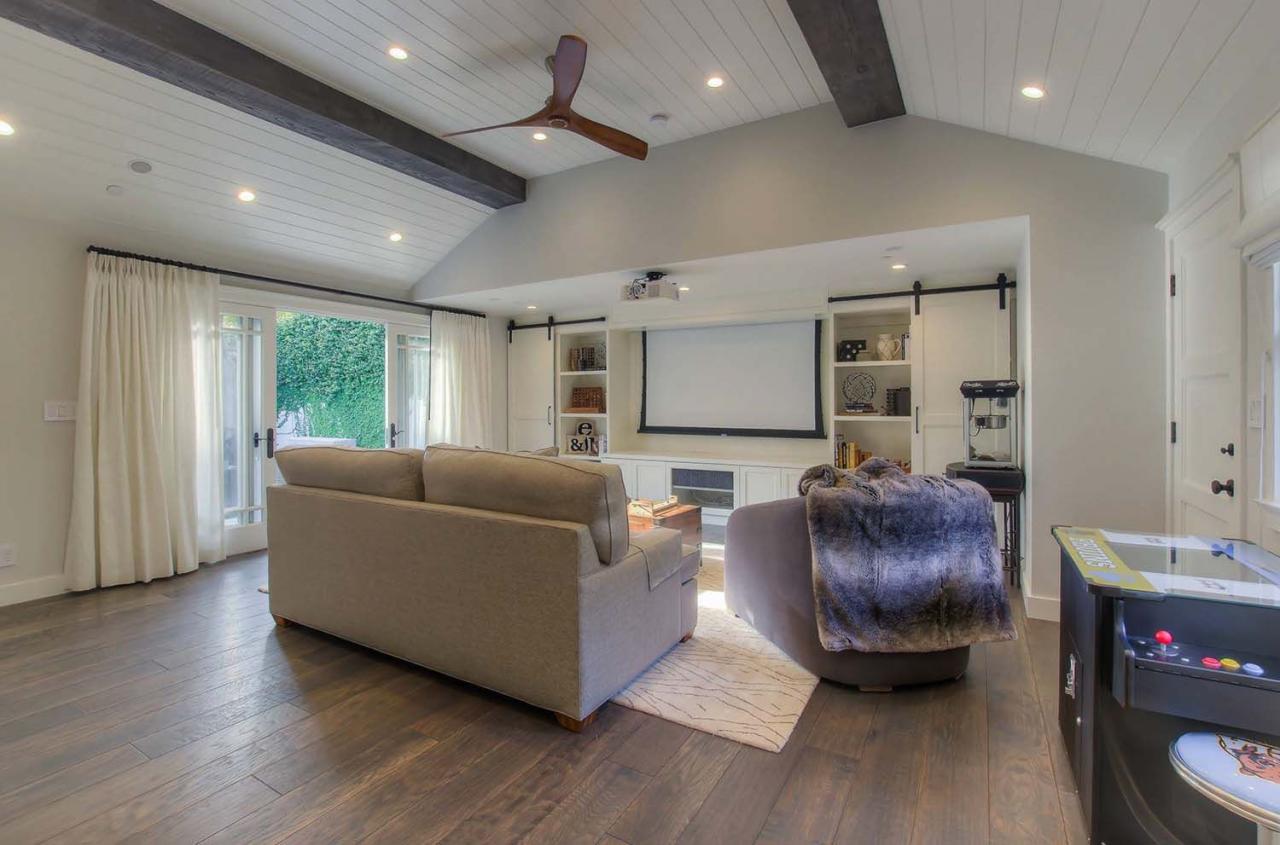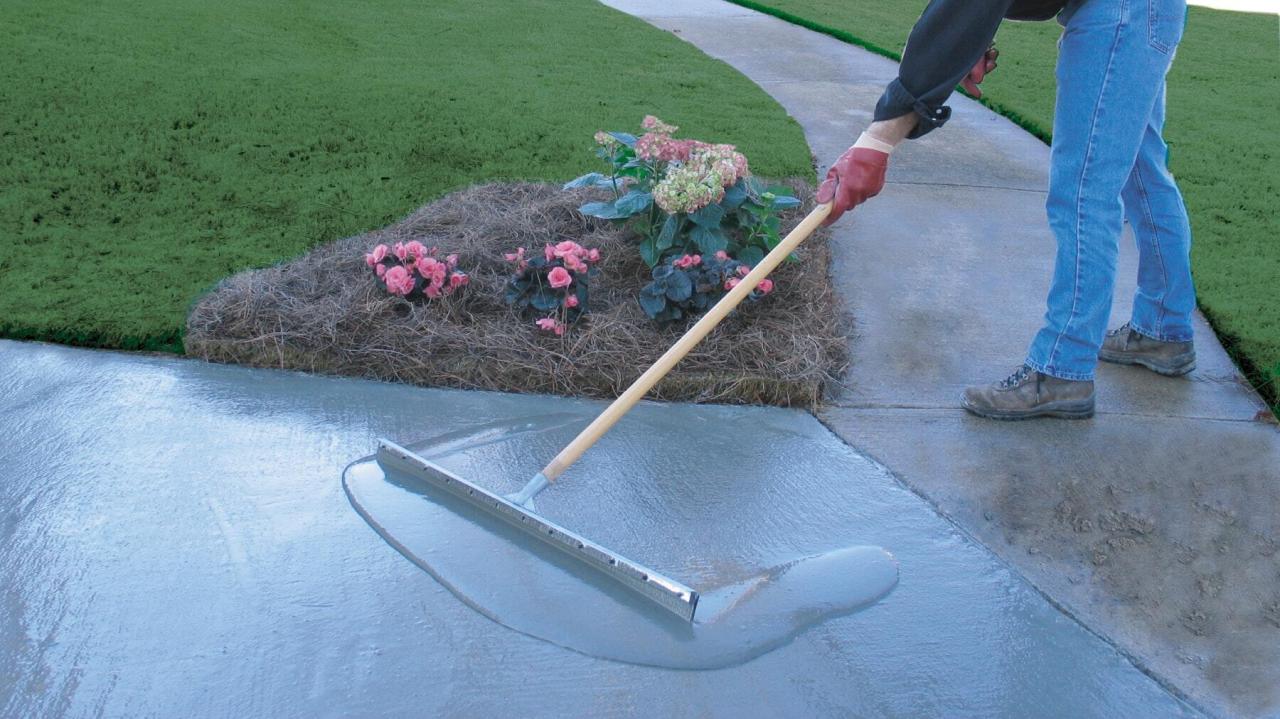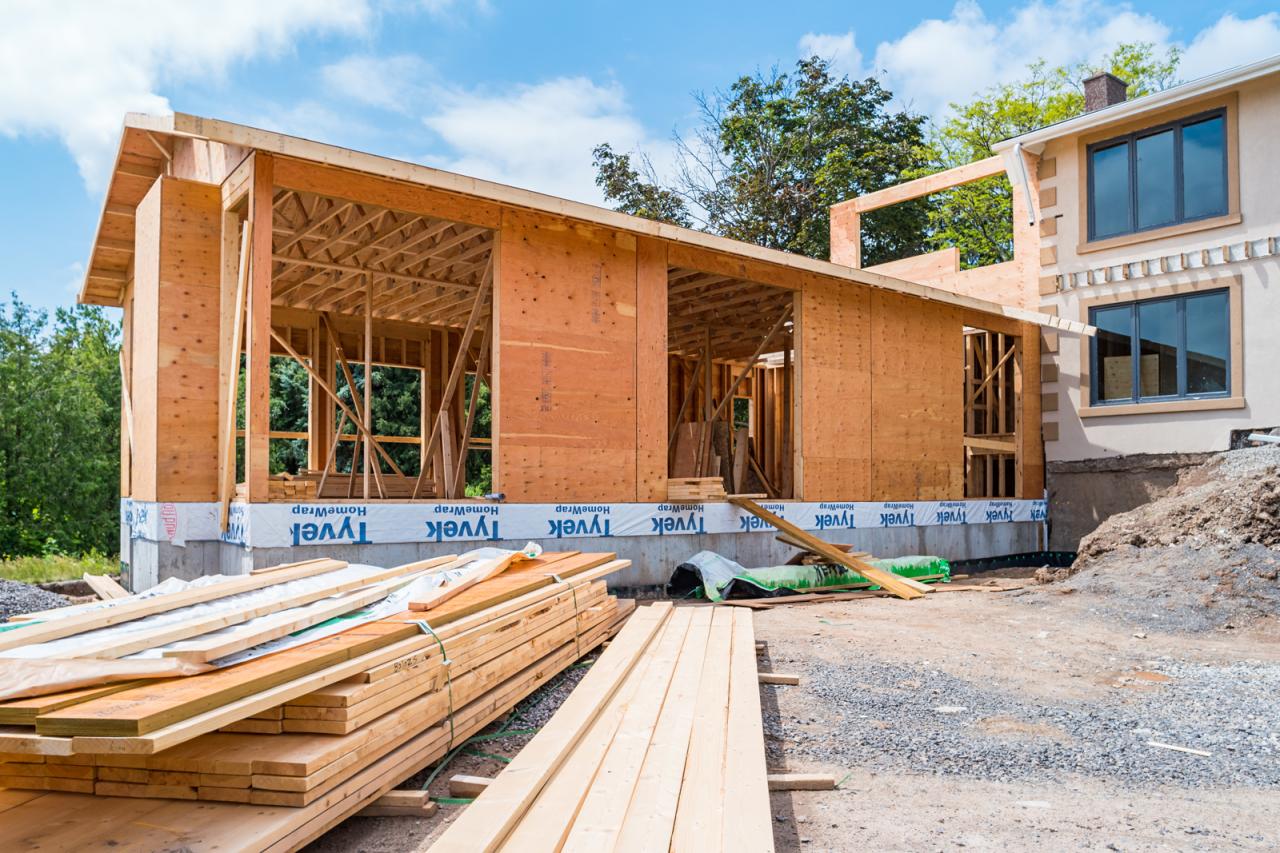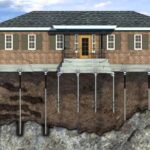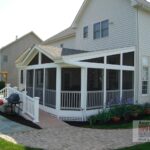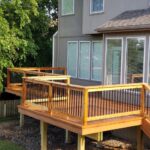How to choose a landscape designer sets the stage for this engaging narrative, offering readers valuable insights into the process. From considering key factors to understanding design styles and budgeting, this guide covers all aspects with clarity and expertise.
As we delve deeper, we will explore the intricate details of selecting the right landscape designer that aligns with your vision and budget, ensuring a successful outcome for your project.
Factors to Consider when Choosing a Landscape Designer

When choosing a landscape designer, there are several key factors to consider to ensure you find the right fit for your project.
Experience Matters
One of the most crucial factors to consider is the designer's experience. A designer with years of experience will have a better understanding of various landscapes, plants, and design elements. Their expertise can significantly impact the success of your project.
Evaluating the Portfolio
It is essential to review a designer's portfolio to see if their style aligns with your vision. Look at past projects they have completed to get a sense of their design aesthetic and quality of work. This will help you determine if they can bring your ideas to life.
Checking References and Reviews
Before making a decision, be sure to check references and read reviews from past clients. This will give you insight into the designer's professionalism, communication skills, and ability to meet deadlines. Positive reviews and recommendations can provide peace of mind when choosing a landscape designer.
Understanding Design Styles
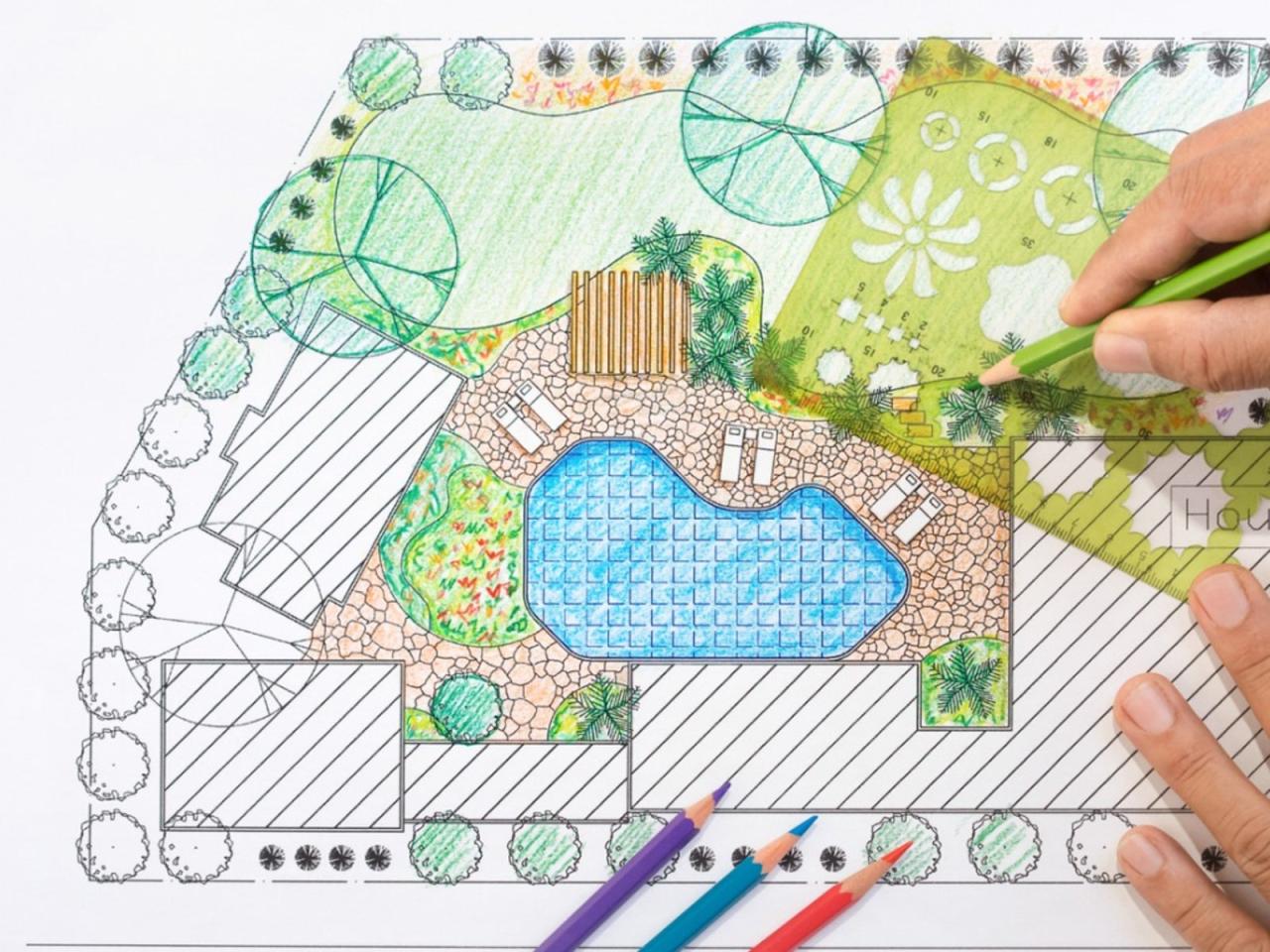
When choosing a landscape designer, it is crucial to have a clear understanding of different design styles to effectively communicate your preferences. This will help ensure that the final outcome aligns with your vision and complements your property's architecture and surroundings.
Overview of Landscape Design Styles
- Modern: Characterized by clean lines, minimalism, and a focus on functionality.
- Traditional: Emphasizes symmetry, classic elements, and a formal appearance.
- Xeriscape: Focuses on water conservation, using drought-resistant plants and sustainable landscaping practices.
- Cottage Garden: Features a mix of colorful flowers, whimsical elements, and a relaxed, informal layout.
Identifying Your Preferred Design Style
- Take inspiration from design magazines, websites, or even your neighborhood to identify styles that resonate with you.
- Consider your home's architecture and surroundings to ensure the design style complements the existing features.
- Think about your lifestyle and preferences - whether you prefer a more structured look or a more natural, organic feel.
Matching Design Style with Architecture and Surroundings
- Ensure the chosen design style enhances the overall aesthetic of your property rather than conflicting with it.
- Consider elements such as color schemes, materials, and plant choices that harmonize with the existing architecture and landscape.
- Consult with your landscape designer to find the right balance between your preferred design style and the practical considerations of your property.
Budgeting and Cost Considerations
When it comes to hiring a landscape designer, understanding the costs involved and setting a realistic budget is essential for a successful project. Here we will discuss the typical costs associated, how to set a budget, tips on negotiating pricing, and potential additional costs.
Typical Costs Associated with Hiring a Landscape Designer
- Design Fees: Typically range from $1,500 to $5,000, depending on the scope of the project and designer's experience.
- Installation Costs: This can vary greatly based on the size and complexity of the project, usually ranging from $5,000 to $20,000.
- Maintenance Costs: Ongoing maintenance fees can vary but are usually around 10-20% of the total project cost annually.
Setting a Realistic Budget
- Evaluate Your Needs: Determine what you want to achieve with your landscaping project to set a realistic budget.
- Research Costs: Get quotes from multiple designers to understand the average costs in your area.
- Factor in Additional Expenses: Don't forget to include permits, materials, and unexpected costs in your budget.
Negotiating Pricing with Designers
- Be Clear About Your Budget: Communicate your budget upfront to designers to see if they can work within your financial constraints.
- Ask for Detailed Quotes: Request itemized quotes to understand the breakdown of costs and negotiate specific items if needed.
- Consider Trade-offs: If the initial quote is higher than expected, discuss options for reducing costs without compromising quality.
Potential Additional Costs
- Site Preparation: Clearing land, removing debris, or addressing drainage issues can add to the overall project cost.
- Unexpected Changes: As the project progresses, unforeseen circumstances may arise, requiring adjustments to the budget.
- Long-Term Maintenance: Factor in the cost of maintaining your landscaped areas to ensure they stay in top condition over time.
Communication and Collaboration with the Designer
Effective communication and collaboration with your landscape designer are crucial for a successful project. From the initial consultation to the final implementation, clear and open communication ensures that your vision is understood and executed to your satisfaction.
The Importance of Clear Communication
Clear communication with the designer from the beginning helps in setting expectations and avoiding misunderstandings. Be specific about your likes, dislikes, and goals for the project to ensure a smooth process.
Conveying Your Ideas and Expectations
- Provide visual references such as photos, sketches, or mood boards to help the designer understand your style preferences.
- Clearly articulate your must-haves and any restrictions or limitations that need to be considered in the design.
- Encourage open dialogue and feedback to refine the design and ensure it aligns with your vision.
Benefits of Maintaining Open Communication
Open communication throughout the project allows for adjustments to be made in real-time, leading to a more efficient and successful outcome. It also fosters a collaborative environment where both you and the designer can share ideas and insights.
Establishing a Collaborative Relationship
- Build trust by actively listening to the designer's suggestions and expertise.
- Be open to compromise and flexible in your approach to achieve the best possible result.
- Schedule regular check-ins or progress meetings to stay informed and address any concerns promptly.
- Provide constructive feedback and communicate any changes or updates to ensure everyone is on the same page.
Ending Remarks
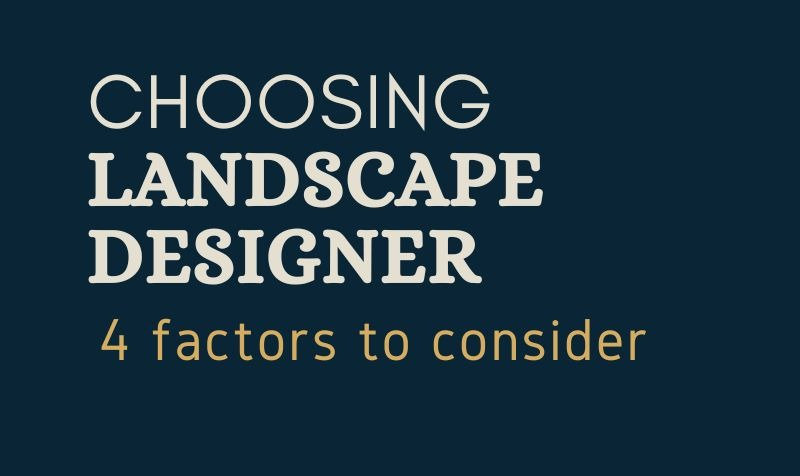
In conclusion, choosing a landscape designer involves careful consideration of factors, styles, and budget. By following the guidelines Artikeld in this comprehensive guide, you can make an informed decision that leads to a beautiful outdoor space that reflects your unique style and preferences.
Detailed FAQs
How important is experience when choosing a landscape designer?
Experience is crucial as it indicates the designer's proficiency in handling various projects and understanding client needs.
What are some typical costs associated with hiring a landscape designer?
Costs can vary but usually include design fees, installation costs, and materials. It's essential to get a detailed breakdown before proceeding.
Why is clear communication vital when working with a landscape designer?
Clear communication ensures that both parties are on the same page, leading to a smoother and more successful project outcome.
How can I identify my preferred design style for landscaping?
Look for inspiration in magazines, online resources, or visit local gardens to determine what styles appeal to you the most.
What are some additional costs that may arise during a landscaping project?
Additional costs could include unforeseen site preparation requirements, changes in design, or unexpected material price increases.

